I Flew to Seoul to Try Salmon Sperm Injections for My Skin
700 shots later, the results speak for themselves.
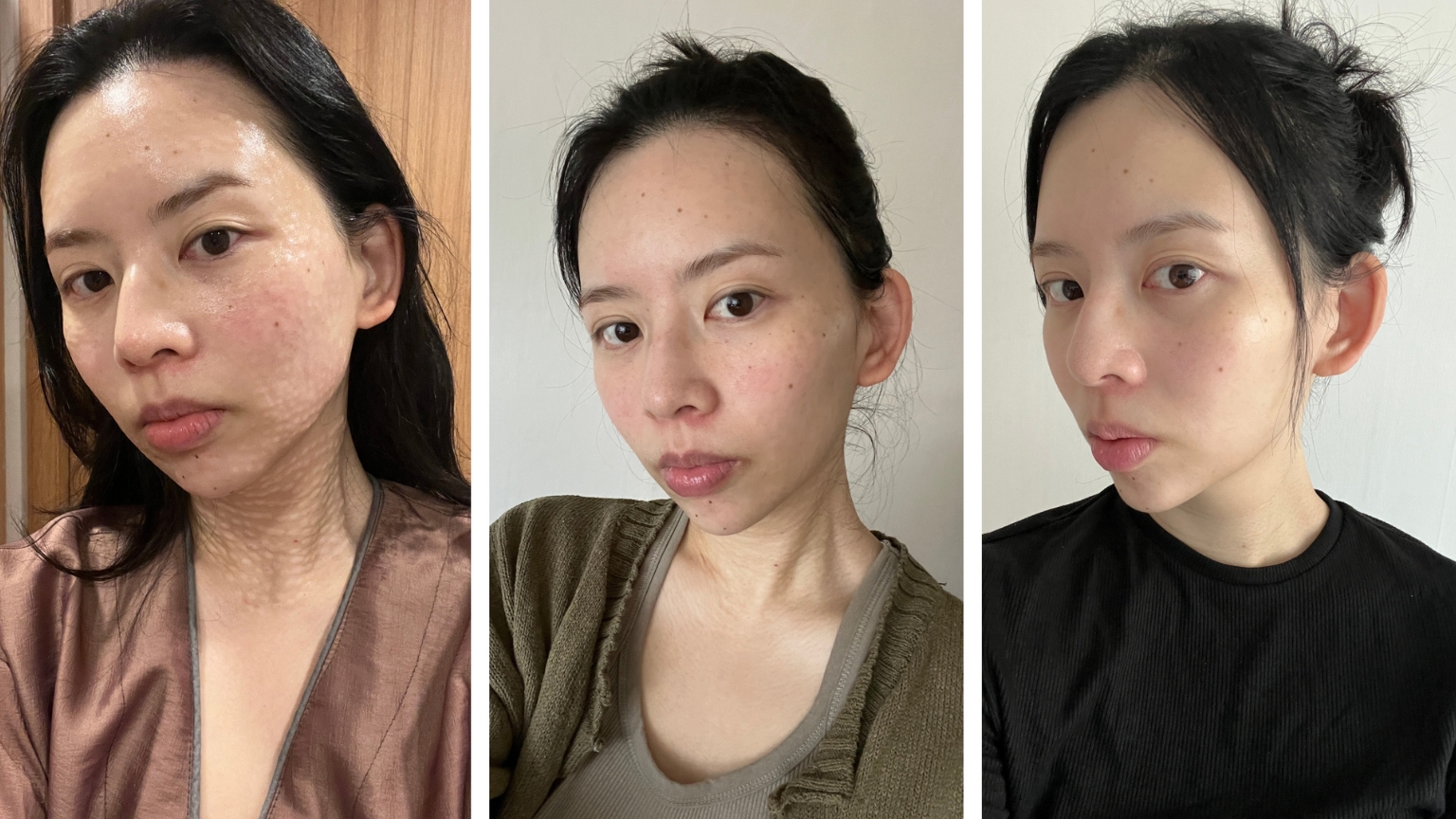
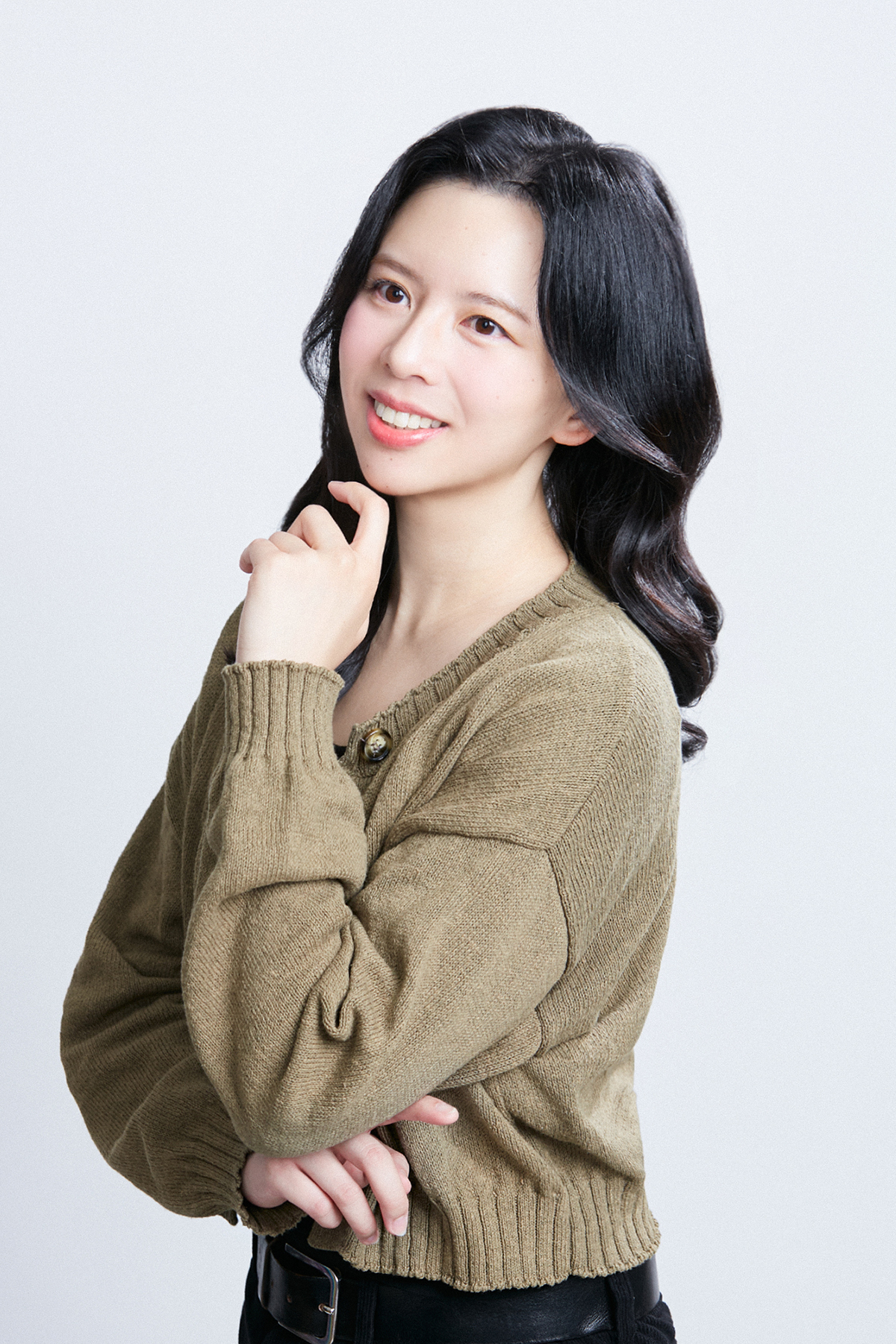
After years of testing injectables in the name of journalism, I’m fairly blasé at the sight of an approaching needle. But even I balked at the process of trying Rejuran, the salmon sperm injections taking over South Korea. The treatment requires 700 shots for the entire face and industry colleagues have regularly described it as one of the most painful non-invasive beauty procedures in existence.
Beauty tourism is booming in South Korea, and there are plenty of gentler treatments like hydrating modeling masks and skin-tightening Ultherapy on offer. So when I landed in Seoul earlier this fall to do a deep dive on the latest K-beauty trends, I had no intention of offering up my own face to verify Rejuran’s pain claims. Despite mentions from Kim Kardashian, Jennifer Aniston, and every K-beauty expert I knew, Rejuran was off my list because it would require a few days of downtime—something my packed schedule just didn’t allow. TikTok had shown me the immediate results: a pattern of swollen bumps that resembled bubble waffles, or the aftermath of walking face-first into a swarm of wasps.
That’s what I told myself, at least. But after meeting several people who swore up and down by Rejuran (with the glass skin to prove it), I caved and ended up booking an appointment with Hwang Wonuk, MD, cosmetic physician at Cheongdam LeBelle Dermatologic Clinic in Seoul. Below, my honest assessment of the pain, before-and-afters, pricing, and everything else you need to know about Rejuran. Keep scrolling if you’ve ever wondered, Should I get salmon sperm injections in Korea, too?
What Is Rejuran?
Rejuran first landed on my radar because its hero component, PDRN, is so popular that you’ll also find it bottled and sealed in many Korean skincare products. “Rejuran is made of polydeoxyribonucleotide (PDRN), which are fragments of DNA derived from salmon DNA,” explains Y. Claire Chang, MD, a board-certified cosmetic dermatologist at UnionDerm in Manhattan, New York. IOPE’s PDRN Caffeine Shot Serum, Medicube’s PDRN Pink Collagen Gel Mask, VT Cosmetics’ PDRN 100 Essence, and CNP’s Derma Answer Active Boost Ampule with PDRN are just a few examples of the ingredient’s popularity, although K-beauty brands tend to formulate vegan versions for their serums and masks.
Dr. Chang says that the popular injectable treatment, which “originated in South Korea and is used for its many possible skin benefits,” shows a wide range of promising benefits. “It’s been suggested to have skin regenerative and wound-healing properties including stimulating collagen production, reducing inflammation, improving skin pigmentation, and skin hydration,” she says.
According to Dr. Chang, Rejuran is such an appealing treatment because it’s “a great option for almost any skin type and concern,” from anti-aging, to brightening, to addressing “pores, acne scars, and overall complexion.” As for why you haven’t seen it on offer next to Botox and fillers at your dermatologist’s office, it’s not FDA-approved for injectable use in the U.S.
In South Korea, Rejuran has countless applications, from smoothing lip lines in place of filler to smoothing under eyes and refining pores. Dr. Hwang credits its popularity to its quick absorption, which allows for “immediate results.” At Cheongdam LeBelle, his patients regularly request it from their early 20s to their late 60s and beyond.
Stay In The Know
Get exclusive access to fashion and beauty trends, hot-off-the-press celebrity news, and more.
For patients in their 20s, Rejuran can offer “hydration and glow enhancement.” Patients in their 30s request it for early signs of aging, skin texture, and mild wrinkles, while those in their 40s can benefit from its effects on collagen stimulation, deep lines, and skin elasticity. In your 50s, 60s, and beyond, Rejuran can deliver more intensive repair, addressing sagging, deep wrinkles, and skin thinning, says Dr. Hwang. The only candidates he doesn’t recommend the injections for are pregnant women (since there’s “not enough evidence regarding its safety during pregnancy”) and patients with underlying skin conditions like psoriasis. For the latter, he doesn’t rule it out entirely, but suggests checking with a trusted doctor first.
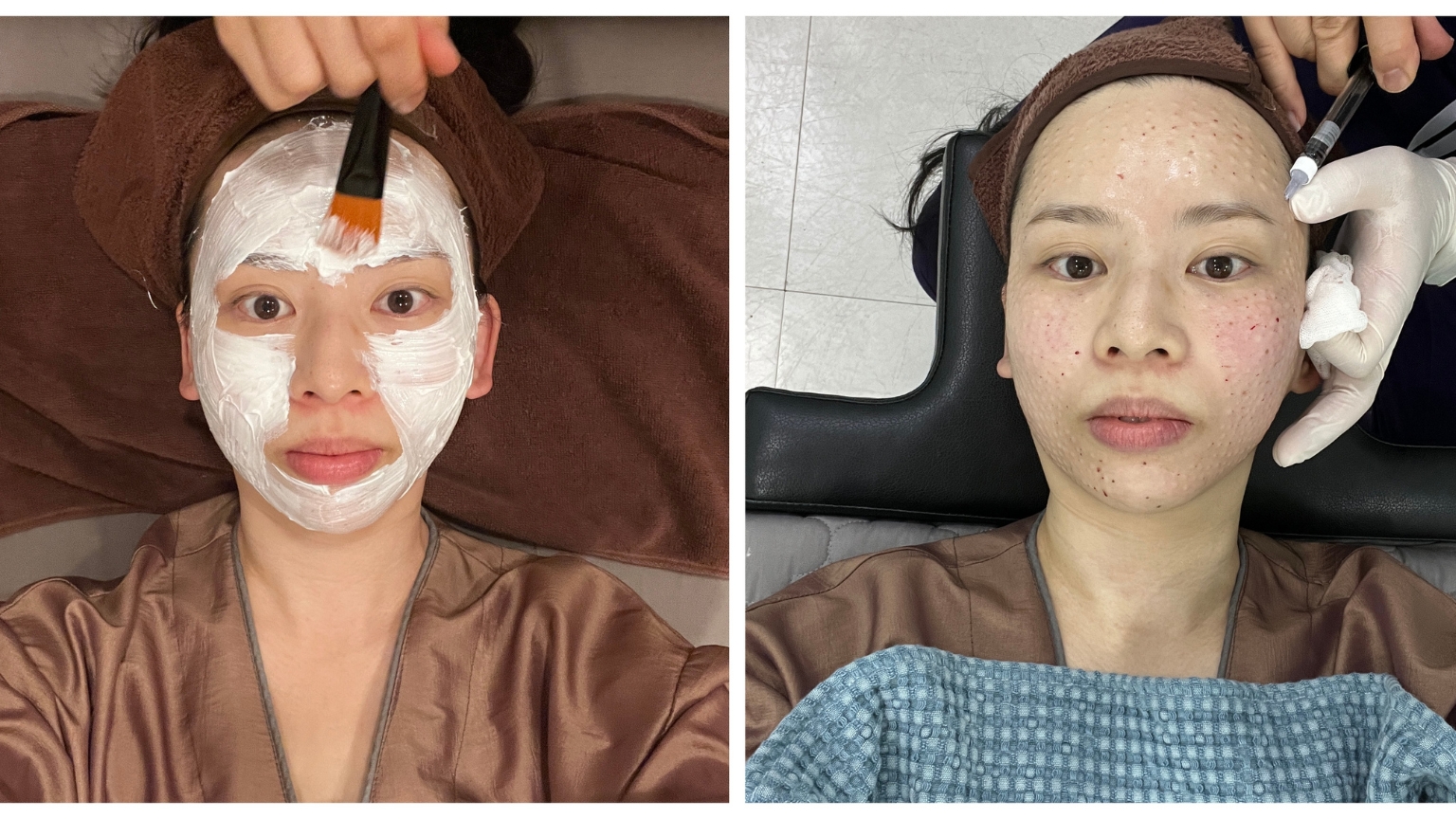
Numbing cream application and the start of my 700 injections.
My Rejuran Experience
As soon as I arrived in Seoul, I asked Dr. Chang for her personal skin clinic recommendations, which is how I learned that Dr. Hwang was the injector to visit for Rejuran, Juvelook, and thread-lifts—particularly for English speakers. After an extensive chat in Dr. Hwang’s office where I repeatedly asked “700 shots?!” (while in a state of shock), I proceeded to do the only logical thing and sign up for all 700, plus an additional 200 Rejuran injections on my neck. Similar to Profhilo, another treatment I previously tried, Rejuran is injected more superficially than muscle-targeting neuromodulators like Botox. To treat a large area like your entire face, injections are spaced so that the Rejuran can spread out evenly under the surface of your skin.
It’s a famously painful treatment, so Dr. Hwang offers patients the option of additional numbing shots on top of a topical numbing cream. In order to more accurately describe the sensation, I declined the numbing shots (the things I do for my job). Despite this, the preparation for my treatment was so relaxing, I fell asleep on the table. After changing into a robe, I climbed under a fluffy blanket in a dimly lit room filled with the serene sounds of a luxury spa. Dr. Hwang’s team cycled in and out of the room, offering calming aromatherapy scents, gently cleansing my face, and then brushing on a thick coat of numbing cream.
Once the cream took effect, I left the tranquil ambience of the prep room for the bright lights of the treatment room. Dr. Hwang showed me exactly what was going into my face: vials of Rejuran Healer, cocktailed with a touch of Placentex (another type of PDRN) and Skinvive (microdroplets of hyaluronic acid). While he assured me that you can get all the benefits of salmon DNA injections with Rejuran alone, the additional elements would promote “deeper repair and regeneration [...] ideal for more mature skin or anyone recovering from more intense skin damage.” To inject, he would be administering each shot by hand, his preferred method over a machine because it mitigates product loss. Dr. Chang also recommends manual injections over an injector gun (often the more affordable option) for a “more effective” treatment that goes “deeper into the dermis.”
“Ready?” Dr. Hwang asked, needle poised above my comfortably numb face. I squeaked out a yes, and the needle descended.
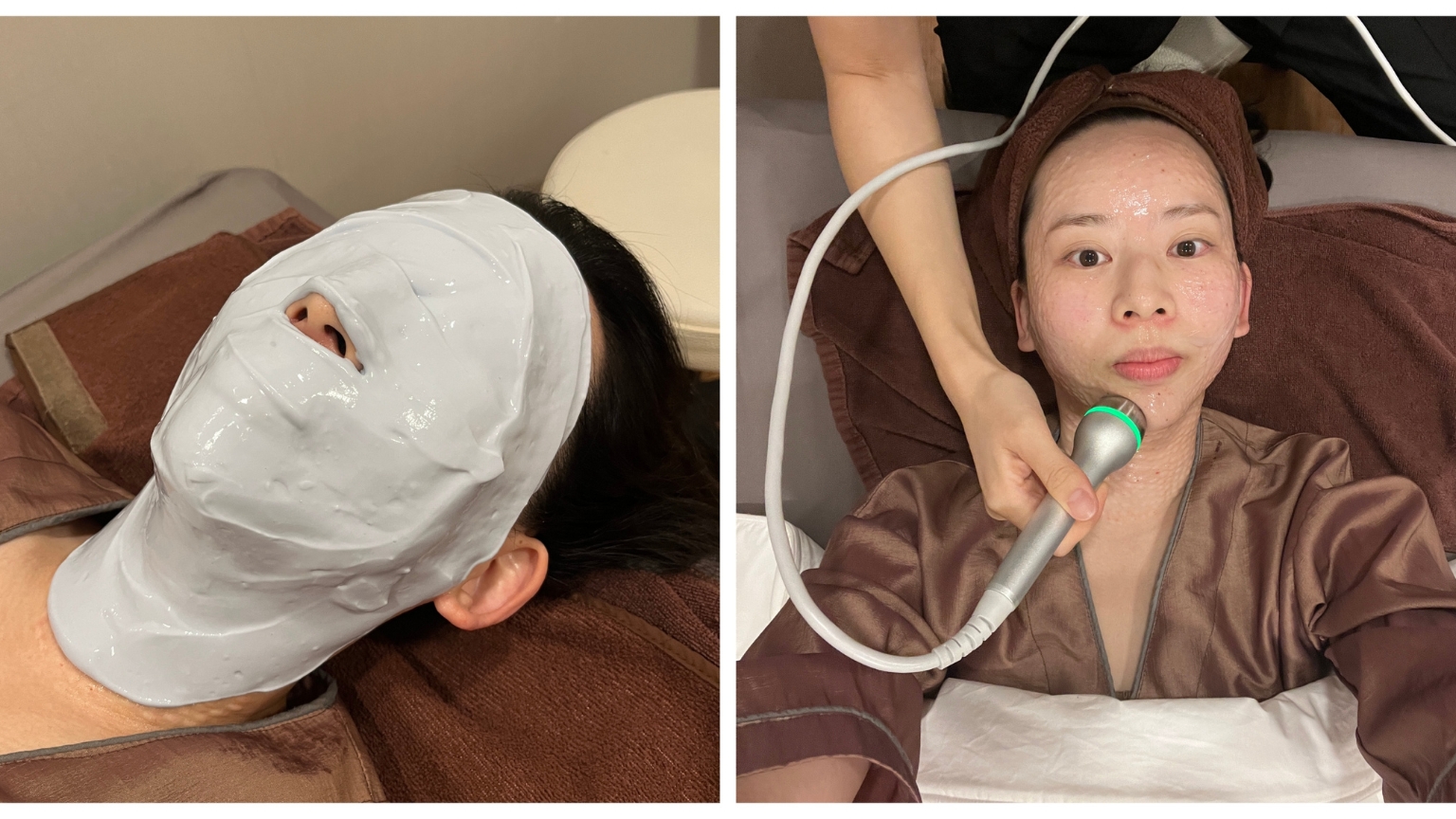
In the aftercare suite receiving the modeling mask and Insonic wand to fight swelling and minimize downtime.
What Does Rejuran Feel Like?
If you’ve ever gotten a tattoo, you know the bony parts of your body hurt the most. The same holds true for Rejuran injections. I barely felt a pinch around my cheeks, under my eyes, and on my neck, but the shots across my forehead, particularly near my temples, stung enough to make my eyes water. Still, Dr. Hwang’s injection technique was flawless and we were done before I could even start dwelling on the pain—in 15 minutes flat.
To wrap up my treatment, Dr. Hwang’s team guided me back to the first room for the most meticulous aftercare I’ve ever received post-injections, brushing my face and neck with a cushiony layer of gel before gliding an Insonic wand on top. Dr. Hwang later explained to me that the ultrasound-based machine uses changing frequencies to “remodel damaged or aging skin structures, increasing and redistributing hyaluronic acid,” making it his preferred method to “reduce the downtime of post-treatment swelling.” Paired with a soothing modeling mask (the final aftercare step), it allowed me to exit his clinic less bumpy and red than expected. In fact, I went straight from his clinic to a sit-down lunch of tteokbokki and gimbap, although that may have just been hunger winning out over any self-consciousness.
My Rejuran Results
During my Saturday treatment, Dr. Hwang promised me that I would be “completely fine” by Monday, although full results would take a week to surface. Just as he claimed, I went to my Monday meetings with a completely bump-free face and barely visible swelling on my neck. As the days rolled by, my skin took on a shockingly glass-like glow. Yes, I’ve always had good skin, but never before had I rolled out of bed to such a luminous, smooth complexion. My pores vanished, my cheeks gleamed like the inside of a seashell, the faint lines under my eyes went into retirement, and my tech neck lines looked like they had been run through a blurring filter. I fear I became completely insufferable at the one-week mark, texting my friends daily selfies and demanding they compliment my skin. The results were just that good.
Fully convinced by the powers of PDRN, I asked Dr. Hwang how long my skin would retain its otherworldly glow. While most patients return for maintenance every three to four months, you can refresh your Rejuran on a monthly basis if you wish. “One of our regular clients receives 2cc of Rejuran every month throughout the year,” says Dr. Hwang. “They really enjoy coming to the clinic.”

Immediately after, the day after, and one week after my Rejuran injections.
Is Rejuran Worth the Cost (and Pain)?
While results last up to four months, Rejuran’s price tag makes it tempting to go back on a monthly basis (if you factor out the plane tickets). In Seoul, Dr. Hwang estimates that the cost for a standard full-face treatment runs from 250,000 to 380,000 KRW (around $181 to $275) for 2cc of Rejuran Healer depending on the clinic and injector you choose. Cocktailing it with other skin boosters like Skinvive will bump the price up significantly. According to Dr. Hwang, 2cc of Skinvive typically costs an additional 700,000 to 1,200,000 KRW(around $507 to $870).
“The price range in Korea is quite broad,” he says. “There’s a significant difference in pricing and services between large clinics that treat many patients in a day and smaller clinics where patients receive thorough consultations directly with the physician before treatment.” Pre- and post-treatment care will also vary from clinic to clinic, as well as the skill of your injector and the area where they’re located—all things that cause a wide fluctuation in price.
Even if you end up at the higher side of that range, the results are well worth it. “I consider Rejuran less of a treatment for targeting a specific area and more of a foundational anti-aging maintenance therapy,” says Dr. Hwang. “I often explain that if two people with similar skin conditions were to follow different regimens—one receiving regular Rejuran treatments and the other receiving none—after a year, the difference in facial aging between the two would be significant. This is also supported by clinical evidence.”
With one Rejuran treatment checked off my list, I’m already thinking of the next. Are quarterly trips to Seoul for the sake of glowing skin a reasonable life decision? After my appointment, I’m starting to see the light.
Sarah Y. Wu is a beauty editor, copy director, and consultant based in Berlin, Germany. She was previously the Beauty Features Editor at Teen Vogue, where she introduced the publication's annual Acne Awards franchise and launched its first-ever Asian Pacific American Heritage Month package. Her bylines have appeared on Forbes, Glamour, Allure, Vogue, Byrdie, Bustle, NYLON, PEOPLE, Women’s Health, WWD, and TZR. Sarah is also the contributing copy director at Milk Makeup and has crafted copy for some of your favorite brands, including Tata Harper, Hyper Skin, Ourself, Boy Smells, Gisou, Le Prunier, Glow Recipe, Dermstore, and Color Wow. See more of her work at sarahywu.com or find her on Instagram @say.wu.
-
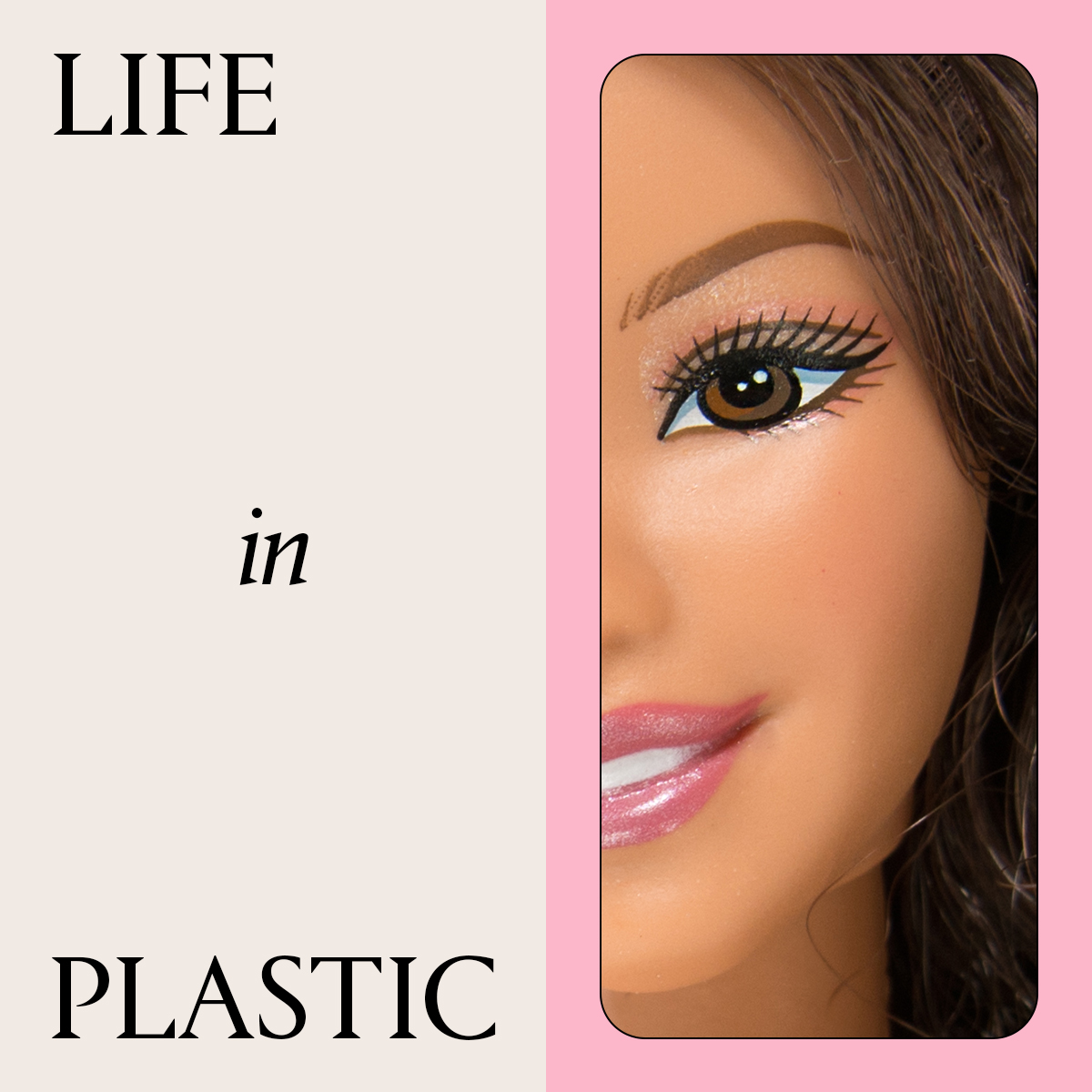 I Injected My Body's "Liquid Gold" to Address Undereye Fine Lines and Dark Circles
I Injected My Body's "Liquid Gold" to Address Undereye Fine Lines and Dark CirclesBut would I do it again?
By Michelle Rostamian
-
 Queen Elizabeth Gave the Perfect Response When Pope Francis Presented Her With Priceless Gifts for Prince George
Queen Elizabeth Gave the Perfect Response When Pope Francis Presented Her With Priceless Gifts for Prince GeorgeThe late pope spared no expense when it came to treating the infant prince in 2014.
By Kristin Contino
-
 Want Healthier-Looking Hair? This Unexpected Beauty Product Might Be the Answer
Want Healthier-Looking Hair? This Unexpected Beauty Product Might Be the AnswerSkip the shampoos, glosses, and treatments.
By Marie Claire Editors